Czech Republic
Welcome to Czech Republic
Nestled in the heart of Europe, the Czech Republic—also known as Czechia—offers a harmonious blend of medieval heritage, natural wonders, and modern innovation. From the iconic Charles Bridge arching over the Vltava River to the rolling vineyards of Moravia and the mystical rock formations of Bohemian Switzerland National Park, the country’s landscapes are as diverse as its history. Czechia’s rich traditions come alive in its festivals, hearty cuisine, and the warm hospitality of its people, making it a destination that caters to every type of traveler.
Imagine strolling through cobblestone streets as the golden light of dusk illuminates centuries-old spires, the aroma of fresh pastries mingling with laughter from lively cafés. Welcome to the Czech Republic—where fairy-tale towns, lush forests, and a vibrant cultural tapestry await every traveler. Whether you’re drawn by the majestic architecture of Prague or the tranquil beauty of Bohemian countryside, 2025 is shaping up to be an exceptional year to discover this Central European gem.
1.
The Czech Republic is a treasure trove of UNESCO-listed sites, Gothic cathedrals, and Renaissance squares. In 2025, new museums and cultural attractions—like the Mucha Museum and the interactive Mozart Museum in Prague—promise fresh insights into the nation’s artistic legacy. Whether you’re a history buff, art lover, or music enthusiast, Czechia’s cultural calendar is bursting with events and exhibitions.
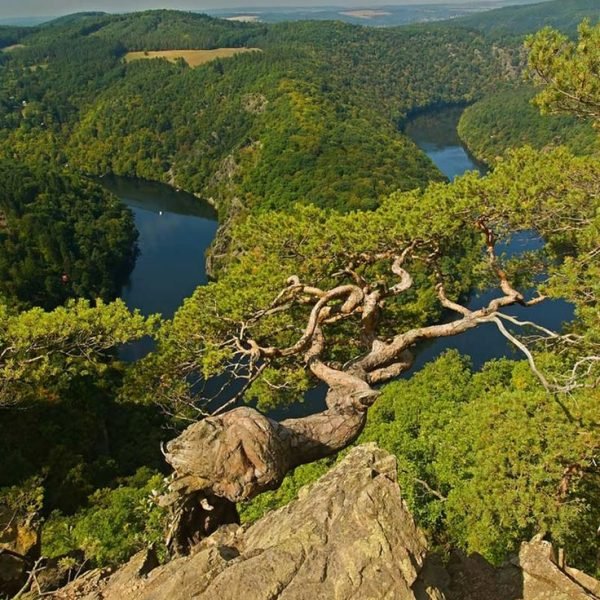
2.
Beyond the cities, Czechia’s countryside beckons with pristine forests, dramatic rock formations, and scenic hiking trails. Bohemian Switzerland National Park offers breathtaking vistas and outdoor adventures, while the spa towns of Karlovy Vary and Mariánské Lázně provide relaxation and rejuvenation. For those seeking authentic experiences, the country’s small towns and rural regions offer a glimpse into traditional Czech life, complete with local festivals and hearty regional cuisine.
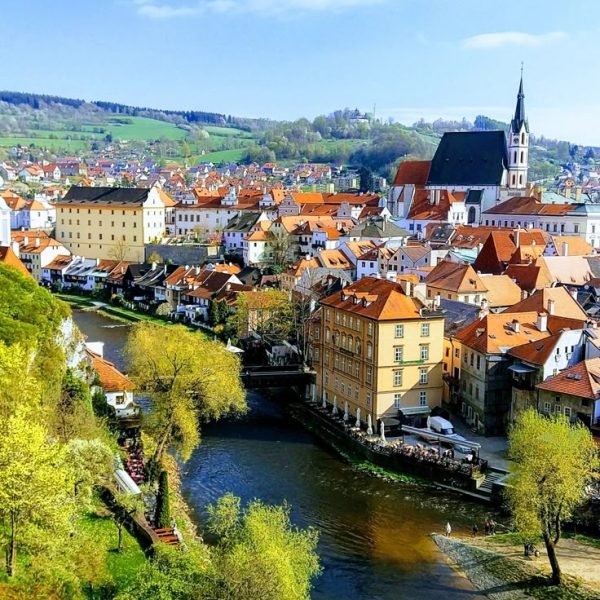
Planning Your Trip
Visa Information
- EU/EEA/Swiss Citizens: Citizens of the European Union, European Economic Area, and Switzerland can enter the Czech Republic visa-free for up to 90 days within a 180-day period, provided they do not take up employment.
- Visa-Exempt Countries: Many other countries, including the United States, Canada, Australia, Japan, and several others, also enjoy visa-free access for short stays. Travelers must hold a biometric passport and cannot work during their visit.
- Schengen Visa: Visitors from countries not on the visa-exempt list must apply for a Schengen visa before arrival. Requirements typically include a completed application, valid passport, proof of accommodation, travel insurance, financial means, and a return ticket.
- Supporting Documents: Depending on your status (employed, self-employed, student, or retired), additional documentation may be required, such as employment contracts, proof of enrollment, or pension statements.
Best Time to Visit
The Czech Republic is a year-round destination, but the experience varies dramatically with the seasons:
Season | Avg. Temperature | Highlights | Recommendation |
Spring | 7–18°C (45–65°F) | Prague Spring Music Festival, blooming parks | Best for sightseeing, mild weather |
Summer | 15–24°C (60–75°F) | Outdoor festivals, beer gardens, hiking | Warmest, busiest period |
Autumn | 10–20°C (50–70°F) | Harvest festivals, wine season, fall colors | Fewer crowds, pleasant weather |
Winter | -1–5°C (30–40°F) | Christmas markets, New Year’s, skiing | Festive, cold, magical |
- Spring (March–May): Mild temperatures and blossoming parks make this an ideal time for city tours and countryside walks. The Prague Spring International Music Festival is a major cultural highlight.
- Summer (June–August): Expect long, sunny days perfect for outdoor events, music festivals, and hiking. This is also peak tourist season—especially in Prague—so book early and prepare for crowds.
- Autumn (September–November): The landscape transforms with vibrant fall colors. Harvest festivals and wine events abound, and the weather remains pleasant with fewer tourists.
- Winter (December–February): The country turns into a winter wonderland, with festive Christmas markets, ice skating, and opportunities for skiing in the mountains. Pack warmly for cold but enchanting days.
Getting To and Around
Getting To
- By Air: Prague’s Václav Havel Airport is the main international gateway, with direct flights from across Europe, North America (including new connections from Toronto in 2025), and beyond. Other regional airports serve Brno and Ostrava.
- By Train: Czechia is exceptionally well-connected by rail. New international routes like the Baltic Express from Poland and the European Sleeper from Brussels make arriving by train more convenient than ever. Direct trains also link Prague with Amsterdam, Rotterdam, Antwerp, and major Central European cities.
- By Bus: International and domestic bus services are reliable and budget-friendly, connecting Prague with neighboring countries and smaller towns throughout Czechia.
- By Car: Renting a car offers flexibility, especially if you plan to explore rural areas or national parks. Roads are well-maintained, but parking in city centers can be limited.
Getting Around
- Public Transport: Czech cities boast efficient and affordable public transport networks. In Prague, trams, buses, and the metro system make getting around easy. Regional trains and buses connect towns and countryside, offering scenic journeys at low cost.
- Cycling: Many cities and regions have dedicated bike paths, making cycling a pleasant way to explore both urban and rural landscapes.
- Walking: Historic centers like Prague, Český Krumlov, and Telč are best explored on foot, allowing you to soak up the atmosphere and discover hidden gems.
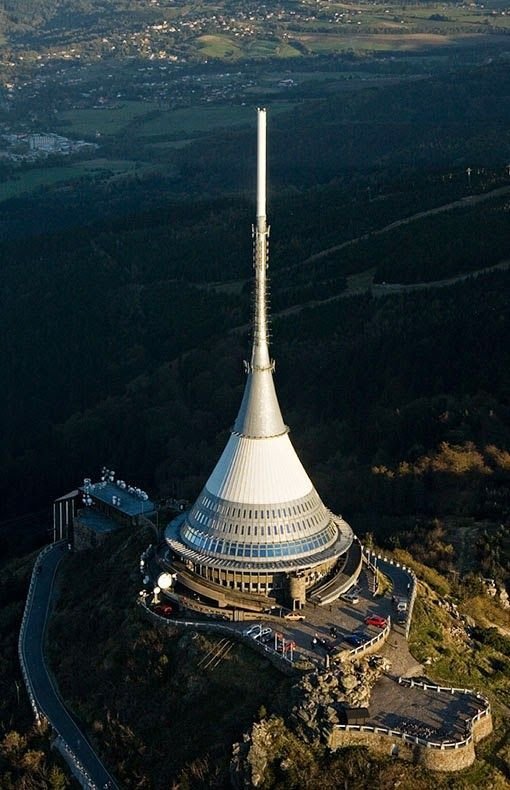
Accommodation
When visiting the Czech Republic in 2025, you’ll find a wide range of accommodation options to suit every traveler’s taste and budget, from luxury hotels in the heart of Prague to charming boutique stays and cozy guesthouses in smaller towns.
Top Hotels in Prague
Prague, the capital and cultural hub, boasts some of the best-rated hotels in the country. For travelers seeking comfort and style near the city’s iconic landmarks, the BoHo Prague Hotel and Grandium Hotel Prague stand out for their spacious rooms, excellent breakfasts, and central locations close to Old Town Square and Wenceslas Square.
The MANES Boutique Hotel Prague offers a chic experience with modern décor, luxury bathrooms, and even private spa access, making it ideal for travelers looking for a blend of elegance and relaxation. For those who appreciate a warm, family-like atmosphere, Hotel Julian provides spacious rooms with rooftop terraces offering stunning views of Prague Castle.
Other notable options include the Mosaic House Design Hotel, which combines modern design with comfort and offers unique amenities like a private spa and panoramic penthouse views. The Grandior Hotel Prague is perfect for city breaks, featuring live piano music and a varied breakfast buffet, while Innside Prague offers stylish, clean rooms in a quiet part of the old town, ideal for a peaceful yet central stay.
For travelers who prefer a more intimate experience, the House at the Big Boot in Prague’s Castle District provides a charming, old-world atmosphere with communal dining and made-to-order breakfasts. Meanwhile, Hotel Caesar Prague and Grand Majestic Hotel Prague offer spacious, clean rooms with easy access to major attractions and public transport.
Hotels Beyond Prague
Outside the capital, the Czech Republic offers numerous guesthouses, boutique hotels, and countryside inns that provide a more authentic and tranquil experience. Towns like Český Krumlov, Karlovy Vary, and Brno feature historic hotels and spa resorts that blend comfort with local character. Many accommodations in these areas emphasize personalized service and regional charm, perfect for those wanting to explore beyond the city bustle.
Booking Tips
- Many hotels include breakfast, often featuring traditional Czech pastries and fresh local ingredients.
- Booking in advance is recommended, especially during peak seasons (summer and major festivals).
- Consider accommodations with easy access to public transport to maximize your exploration time.
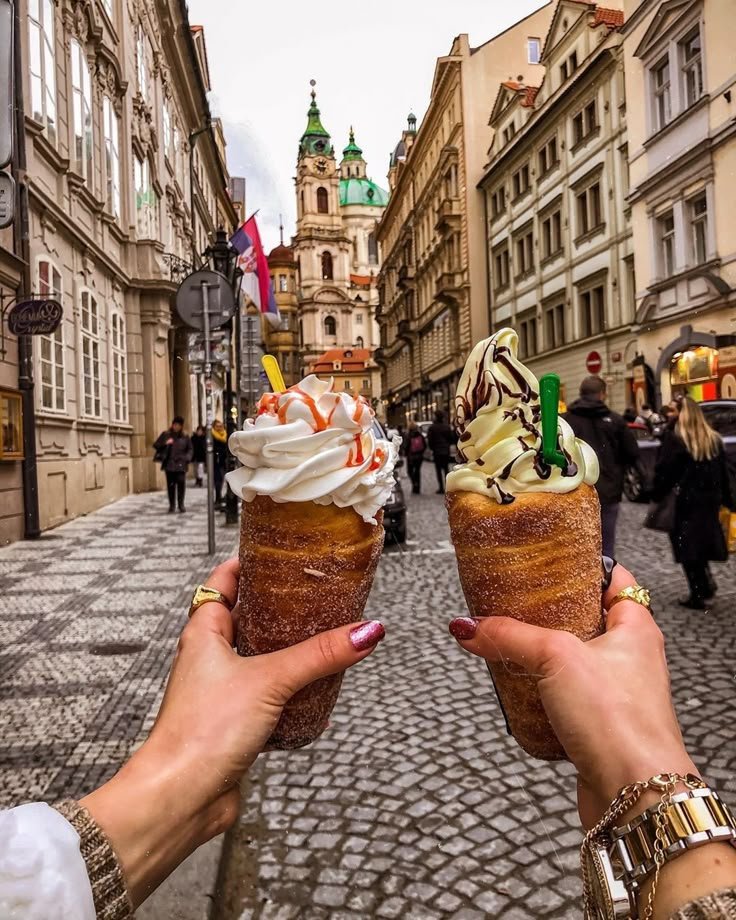
Food and Drink
Czech cuisine is a hearty, comforting blend of traditional recipes passed down through generations, featuring rich sauces, dumplings, and locally sourced ingredients. In 2025, the food scene continues to evolve, balancing classic dishes with modern culinary trends, making it a delight for food lovers.
Traditional Czech Dishes
- Svíčková na smetaně: This is one of the most iconic Czech dishes—a marinated sirloin steak served with a creamy vegetable sauce, bread dumplings (houskové knedlíky), and often garnished with cranberries and whipped cream. It’s a staple at family gatherings and weddings, embodying the country’s culinary heritage.
- Kynuté ovocné knedlíky (Fruit Dumplings): A beloved sweet dish especially popular in summer, these yeast-based dumplings are stuffed with seasonal fruits like apricots or strawberries, then topped with melted butter, powdered sugar, and tvaroh (a type of Czech curd cheese). This dish perfectly showcases the Czech fondness for sweets as main meals.
- Goulash (Guláš): Czech goulash is a rich, paprika-spiced beef stew often served with dumplings or bread. It’s a pub favorite and a comfort food classic.
- Španělský ptáček (Spanish Bird): Despite its name, this is a traditional Czech dish consisting of thin slices of beef rolled around bacon, eggs, pickles, and sausage, slowly braised in a flavorful sauce and served with rice or dumplings.
- Utopenec (“Drowned Man”): A popular pub snack, this is a pickled sausage served with mustard and hot peppers, perfect for pairing with the country’s famous beers.
- Fried Cheese (Smažák): A thick slice of cheese breaded and fried to golden perfection, often served with tartar sauce and fries. It’s a beloved comfort food, especially among vegetarians and pub-goers.
Local Specialties and Pub Culture
Czech pubs are not just places to drink but also to savor authentic local dishes. Alongside hearty meals, you’ll find specialties like pickled brie and pickled tvarůžky (a strong-smelling Moravian cheese), which are traditional pub snacks for the adventurous eater.
Beverages
- Beer: The Czech Republic is world-renowned for its beer, with Pilsner originating here. Local lagers such as Pilsner Urquell and Budweiser Budvar are must-tries, best enjoyed fresh in a traditional pub.
- Wine: Moravia, the eastern region, produces excellent wines, particularly whites. Wine tasting tours are popular and offer a different flavor profile from the beer culture.
- Non-alcoholic: Traditional herbal teas and fresh fruit juices are widely available.
Where to Eat
- Traditional Restaurants: Look for places like Lokal, which focus on authentic Czech dishes made with organic, local ingredients in a lively atmosphere.
- Hidden Gems: Smaller towns and neighborhoods often feature family-run eateries serving homemade specialties.
- Modern Dining: Prague and larger cities have an emerging scene of modern Czech cuisine, blending tradition with innovation, perfect for foodies seeking new tastes.
Dining Tips
- Czech meals are generally served in generous portions; sharing dishes or ordering starters and mains separately is common.
- Try to pair your meals with local beers or Moravian wines for the full experience.
- Don’t miss out on seasonal specialties and festive dishes if you visit during holidays or festivals.

Must-See Attractions
The Czech Republic’s blend of medieval charm, natural wonders, and cultural depth makes it a treasure trove for travelers. Here are the top attractions to prioritize in 2025:
- Prague Castle & St. Vitus Cathedral
Dominating Prague’s skyline, this UNESCO-listed complex is the world’s largest ancient castle. Wander through its Gothic courtyards, marvel at St. Vitus Cathedral’s stained-glass windows, and explore the Golden Lane’s historic artisan cottages. The castle’s panoramic views of the Vltava River and red-roofed cityscape are unmatched.
- Charles Bridge
This 14th-century stone bridge, adorned with baroque statues, connects Prague’s Old Town to Malá Strana. Visit at sunrise to avoid crowds, or at dusk when lanterns cast a golden glow over the Vltava. Street musicians and artists add to its lively atmosphere.
- Český Krumlov
Step into a fairy tale in this UNESCO-listed medieval town. Its hilltop castle, winding cobblestone alleys, and riverside cafés feel plucked from a storybook. Don’t miss the castle’s Baroque Theatre or a summer rafting trip on the Vltava.
- Karlovy Vary
Famed for its thermal springs, this spa town lures visitors with ornate colonnades, pastel buildings, and the Becherovka herbal liqueur. The annual film festival (July) adds cinematic glamour to its cobbled streets.
- Kutná Hora & Sedlec Ossuary
The “Bone Church” here features chandeliers and art crafted from 40,000 human bones—a haunting yet fascinating site. Nearby, St. Barbara’s Cathedral showcases breathtaking Gothic architecture.
- Bohemian Switzerland National Park
Home to Europe’s largest sandstone arch (Pravčická Gate), this park offers hiking trails through lush forests and boat rides in Kamenice Gorge.
- Olomouc
Often overlooked, this Moravian gem boasts the Holy Trinity Column (a UNESCO site), vibrant student energy, and baroque fountains. Its quieter charm contrasts with Prague’s bustle.
- Terezín Memorial
A sobering journey through a WWII concentration camp and ghetto, this site educates visitors on wartime atrocities through preserved barracks and exhibits.
- Lednice-Valtice Cultural Landscape
Dubbed the “Garden of Europe,” this UNESCO estate features neo-Gothic Lednice Castle, manicured gardens, and romantic waterways ideal for boat tours.
- Jizera Dark Sky Park
Stargazers flock here for unparalleled Milky Way views. Its near-zero light pollution makes it a celestial paradise.
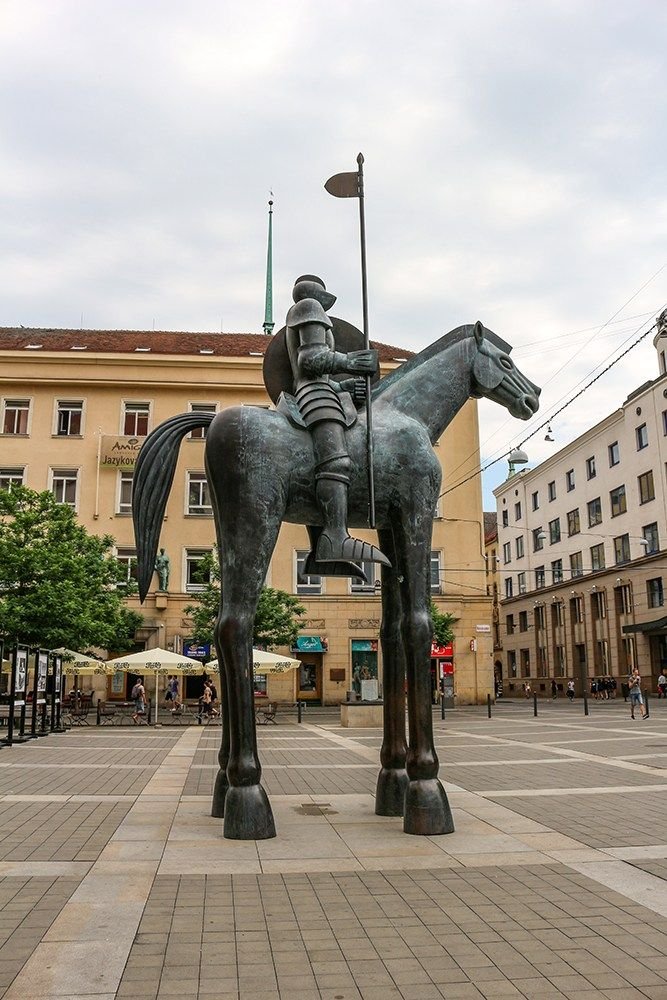
Must-Do Activities
Beyond iconic landmarks, immerse yourself in these unforgettable experiences:
- Walk the World’s Longest Suspension Bridge
Thrill-seekers can traverse Sky Bridge 721, a 721-meter-long footbridge hovering 95 meters above valleys in the Krkonoše Mountains. The panoramic vistas of forests and peaks are jaw-dropping.
- Raft Through Český Krumlov’s Historic Center
Paddle down the Vltava River, floating past 16th-century buildings and under stone arches. Summer months offer lively riverside pubs and music.
- Soak in a Beer Spa
Unwind in a tub of warm beer (yes, beer!) at Prague’s Original Beer Spa. The hops and yeast are said to rejuvenate skin, while unlimited beer on tap keeps the mood light.
- Explore Konopiště Castle’s Grounds
Once home to Archduke Franz Ferdinand, this castle near Prague offers archery lessons and guided tours of its lavish interiors and sprawling gardens.
- Hike to Pravčická Gate
Trek through Bohemian Switzerland’s forests to reach this iconic sandstone arch. The 6-km round trip rewards with sweeping valley views.
- Attend a Festival
- Prague Spring Music Festival (May–June): Classical concerts in historic venues.
- Karlovy Vary Film Festival (July): Rub shoulders with stars at Central Europe’s oldest cinema event.
- Český Krumlov’s Five-Petaled Rose Festival (June): Jousting, crafts, and medieval reenactments.
- Cycle the Moravian Wine Trails
Pedal through vine-covered hills, stopping at family-run wineries for crisp Rieslings and Grüner Veltliners. The Pálava region offers scenic routes.
- Discover Telč’s UNESCO Square
Wander this Renaissance square’s pastel facades and arcades. Climb the tower of St. James Church for a bird’s-eye view.
- Ski in the Krkonoše Mountains
In winter, hit the slopes at Špindlerův Mlýn, the country’s premier ski resort, with trails for all levels.
- Tour a Hidden Underground Labyrinth
Brno’s 10-Z Bunker, a Cold War-era nuclear shelter, now hosts art exhibits and concerts.
Pro Tips for 2025
- Book Early: Prague’s top attractions (e.g., Charles Bridge, Prague Castle) get crowded; visit at off-peak hours.
- Go Beyond Prague: Spend at least 3–4 days exploring regions like Moravia or South Bohemia.
- Transport Hacks: Use IDOS for train/bus schedules and PID Lítačka for Prague’s integrated transit tickets.
- Local Eats: Try trdelník (cinnamon pastry) from small bakeries, not tourist stalls, for authenticity.
Whether you’re tracing history in Prague’s castles, sipping wine in Moravia, or chasing adrenaline on sky bridges, the Czech Republic promises a 2025 journey brimming with wonder. 🇨🇿
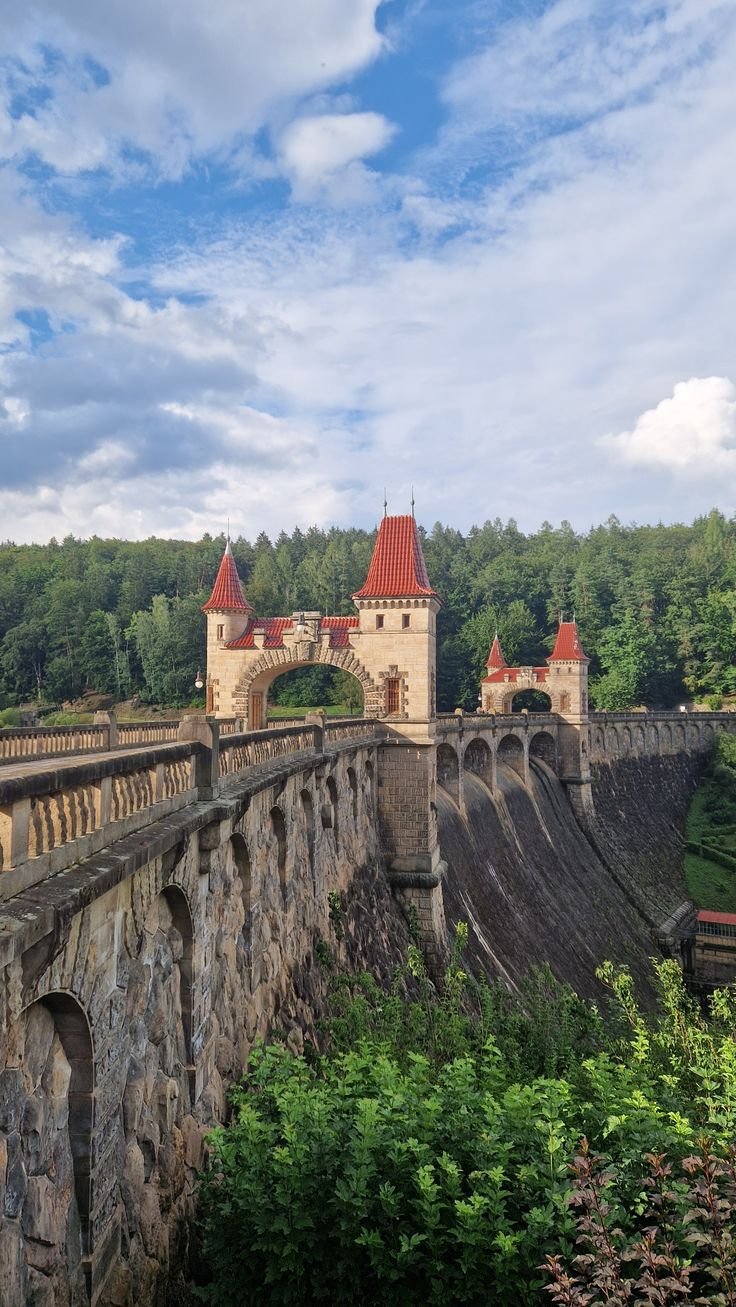
Travel Tips
Traveling to the Czech Republic in 2025 promises a rich experience filled with history, culture, and natural beauty. To make the most of your visit, it’s important to be aware of local customs, safety considerations, and a few essential Czech phrases. Here’s your comprehensive guide to navigating Czech society with confidence and respect.
Safety Advice
The Czech Republic is widely regarded as a safe destination for travelers. Violent crime is rare, and the country’s cities and countryside are generally peaceful. However, as with any popular tourist destination, it’s wise to remain vigilant and follow basic safety precautions:
- Pickpocketing: Petty theft can occur, especially in crowded areas like Prague’s Old Town, train stations, and on public transport. Keep your valuables secure and avoid displaying expensive items openly.
- Transport Safety: Public transportation is efficient and safe. Always validate your ticket before boarding trams, buses, or the metro to avoid fines. Late at night, wait for official taxis or use reputable ride-sharing apps.
- Emergency Numbers: The universal emergency number is 112. For police, dial 158; for medical emergencies, 155; and for fire, 150.
- Health: Tap water is safe to drink. Pharmacies are well-stocked, and healthcare facilities in major cities are of a high standard.
- General Behavior: The Czech Republic is tolerant and welcoming, but public drunkenness or rowdy behavior, especially in historic areas, is frowned upon.
Local Customs
Understanding Czech customs will help you make a positive impression and avoid unintentional faux pas. Here are key aspects of Czech etiquette:
Greetings and Social Interactions
- Handshakes: A firm handshake with eye contact is the standard greeting. Address people with their title and surname (e.g., “Pan” for Mr., “Pani” for Mrs.) until invited to use first names.
- Personal Space: Czechs value personal space, so maintain an arm’s length distance during conversations. Avoid unnecessary physical contact unless you know someone well.
- Formal Address: Using formal greetings and titles shows respect. First names are reserved for close friends or when invited.
- Elders and Respect: Always greet the eldest person in a group first and offer your seat to older people or those with children on public transport.
Dining Etiquette
- Wait for the Host: When dining at someone’s home or in a formal setting, wait for the host to say “dobrou chuť” (enjoy your meal) before you start eating.
- Utensils: Use cutlery for all meals; eating with your hands is uncommon. Table manners are formal—fork in the left hand, knife in the right.
- Toasting: Czechs love to toast, especially with beer. Maintain eye contact when clinking glasses and say “Na zdraví!” (To your health!).
- Tipping: Hand your tip (usually 10%) directly to the server instead of leaving it on the table.
- Punctuality: Arrive on time for meals or meetings. Being late is considered disrespectful.
Visiting Homes
- Shoes Off: Remove your shoes when entering a Czech home. Many hosts provide slippers for guests.
- Gifts: Bring a small gift such as flowers, chocolates, or a bottle of wine when visiting someone’s home. Avoid giving even numbers of flowers, as this is associated with funerals.
- Dress Code: Dress modestly and neatly, especially when invited to someone’s house or attending formal events.
Gift Giving
- Thoughtful Gifts: Choose inexpensive but meaningful gifts. Present gifts with your right hand, and avoid items made from leather, which can be seen as bad luck.
- Special Occasions: Gifts are exchanged on birthdays, anniversaries, and holidays.
Public Behavior
- Quiet and Reserved: Czechs tend to be reserved in public spaces. Loud conversations, excessive displays of emotion, or public drunkenness are considered impolite.
- Privacy: Avoid asking personal questions such as “How are you?” during initial meetings, as Czechs value privacy.
- Public Transport: Offer your seat to elders or those with children, and stand to the right on escalators to allow others to pass.
Language Basics
While English is widely spoken in tourist areas and among younger people, learning a few Czech phrases is greatly appreciated and can open doors to more authentic experiences.
Czech Phrase | Pronunciation | English Meaning |
Dobrý den | DOH-bree den | Good day / Hello |
Dobré ráno | DOH-breh RAH-no | Good morning |
Dobrý večer | DOH-bree VEH-cher | Good evening |
Na shledanou | NAH SKLEH-dah-noh | Goodbye |
Prosím | PRO-seem | Please |
Děkuji | DYEH-koo-yee | Thank you |
Ano / Ne | AH-no / Neh | Yes / No |
Promiňte | PRO-min-teh | Excuse me / Sorry |
Mluvíte anglicky? | MLOO-veet-eh ANG-leets-kee | Do you speak English? |
Kolik to stojí? | KO-leek toh STOH-yee | How much does it cost? |
Kde je toaleta? | KDEH yeh toh-ah-LEH-tah | Where is the toilet? |
Tips for Communication:
- Start conversations with a Czech greeting, even if you switch to English afterward.
- Don’t assume everyone speaks English; ask politely first.
- A smile and a “Dobrý den” go a long way in shops, restaurants, and when meeting people.
Quick Dos and Don’ts
Dos:
- Greet people with a handshake and eye contact.
- Use formal titles and surnames until invited to use first names.
- Remove your shoes when entering a home.
- Bring a small gift when visiting someone’s home.
- Wait for the host’s cue before eating.
- Attempt to use basic Czech phrases.
- Offer your seat to elders or children on public transport.
Don’ts:
- Don’t address people by first names unless invited.
- Don’t start eating before the host says “dobrou chuť”.
- Don’t leave tips on the table; hand them directly to your server.
- Don’t ask personal questions or discuss business in social settings.
- Don’t be loud or disruptive in public places.
- Don’t assume everyone speaks English—ask first.
Final Thoughts
By embracing Czech customs, showing respect in social interactions, and learning a few basic phrases, you’ll not only avoid common pitfalls but also enrich your travel experience. The Czech Republic’s blend of tradition, hospitality, and modernity makes it a welcoming destination—one where thoughtful travelers are always appreciated. Safe travels, or as the locals say, “Šťastnou cestu!”

